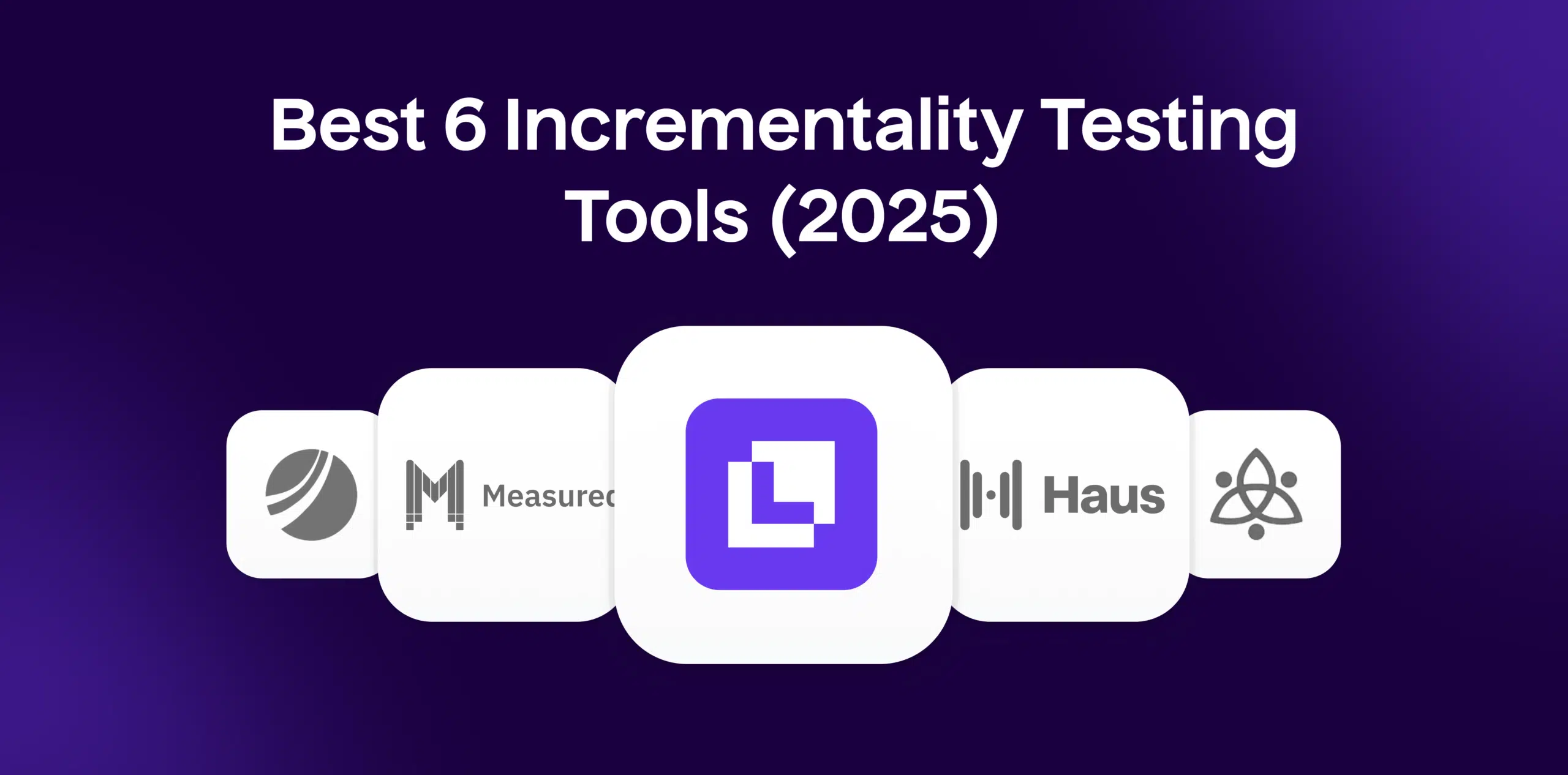What is Cost per visit?
Cost per visit is a critical metric in ecommerce, representing the amount of money an advertiser spends to garner a single visit to their website through different marketing channels. This metric helps understand the efficiency of an online marketing campaign in terms of attracting potential consumers. It provides an insight into how effectively the advertiser is capitalizing on its digital marketing strategies based on the monetary investment and the traffic drawn to the webpage.
Formula
Cost Per Visit = Total Marketing Expenses (in a given period) / Total Website Visits (in that given period)
Example
If an ecommerce business invests $10,000 per month in digital marketing and results in 50,000 site visits, then CPV would be $0.20 ($10,000/50,000).
Why is Cost Per Visit important?
Knowing the Cost per visit helps ecommerce businesses understand the effectiveness of their marketing investments. It enables them to track the cost-effectiveness of different marketing channels, helping them prioritize resources and fine-tune their marketing strategies for maximized returns. Examining Cost per visit can reveal crucial insights into whether a business is spending too much or too little on attracting website visitors.
Which factors impact Cost Per Visit?
Multiple factors can influence Cost per visit, including the quality of content, SEO effectiveness, the marketing channel’s efficiency, targeting precision, frequency of customer interaction, competitor’s strategies, and changes in industry trends.
How can Cost Per Visit be improved?
To optimize Cost per visit, it is crucial to improve the conversion rate and drive quality traffic to the website. Ecommerce businesses should focus on effective SEO strategies, high-quality, relevant content, social media marketing, and pay-per-click advertising. A/B testing can also assist in understanding visitor preferences and trends.
What is Cost Per Visit’s relationship with other metrics?
Cost per visit is deeply intertwined with other ecommerce metrics like conversion rate, Cost per Acquisition (CPA), and Return on Marketing Investment (ROMI). A lowered CPV can optimize ROI, indirectly leading to a lower CPA. Enhanced CPV results could indicate improved efficiency in SEO, content, advertising, and overall marketing efforts.
Free essential resources for success
Discover more from Lifesight
























































